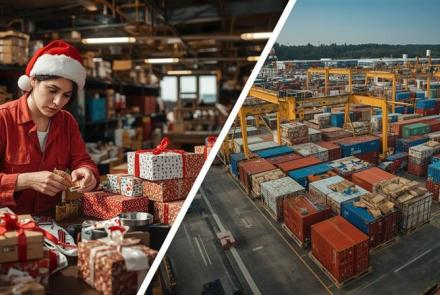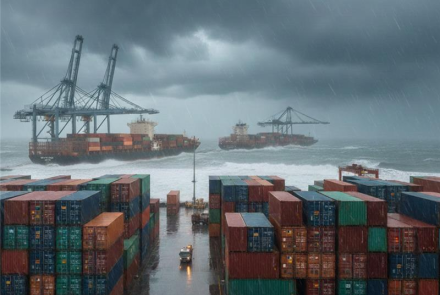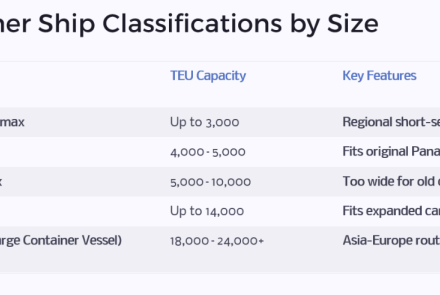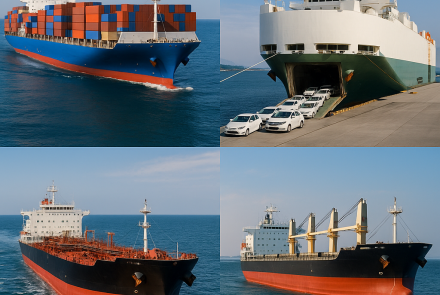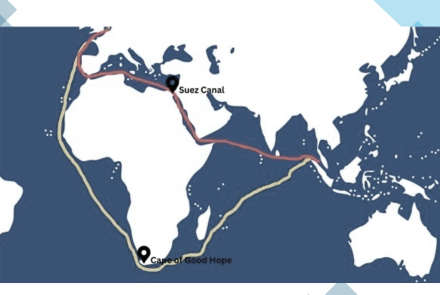What do we understand by “Vessel Traffic Service?”
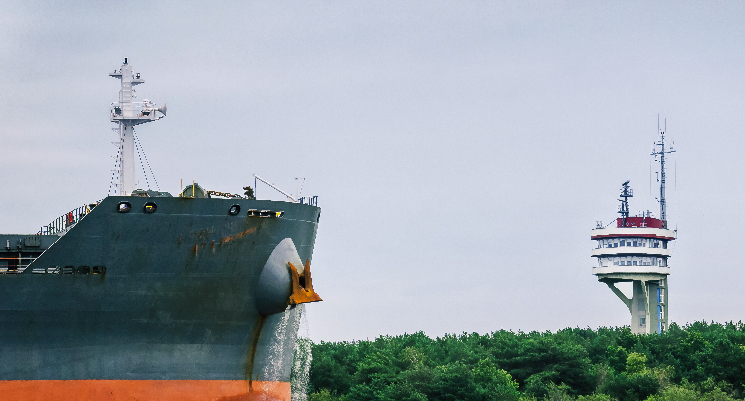
A “Vessel Traffic Service” (VTS) is a shore-based marine traffic management system implemented by a competent authority to monitor vessels in real-time to enable the safe and smooth management of traffic in a specified maritime area. It performs tasks similar to air traffic control systems for aircraft. VTS checks the position of vessels and detects situations that pose danger to the vessel crew and the environment. VTS aims to improve the safety of navigation in and around the ports and its approaches. It is governed by SOLAS (Safety of Life at Sea) Chapter V Regulation 12 along with the guidelines for Vessel Traffic Services, and came into force on 1 July 2002.
Historically, the master of a ship handled a ship’s course and speed, with help from a pilot whenever required. Ships used to announce their arrival at a port with flag signals. By the 19th century, the development of radio communication changed these traditional ways and made it possible to accurately track shipping traffic.
VTS works by gathering and collecting vessel traffic images through sensors like radar, Automatic Identification System (AIS), direction finding, CCTV and VHF systems. Modern VTS integrates information into a single operator screen that provides a complete traffic image of a geographical area by processing information about the approaching vessels and their intentions. With the help of the images produced, one can forecast impending situations and prepare to deal with them in time. The evaluation of data depends on the quality of information gathered and the skill of the operator to combine them with a live situation or an impending one.
Ships entering an area under VTS jurisdiction report to the authorities by radio, or are tracked automatically by the VTS control centre. Ships must stay on a specific frequency to get navigational tips, alerts and guidance on when to move ahead when the traffic gets regulated.
The Vessel Traffic System’s capability to respond to traffic situations in its service area depends on its ability to generate a broad summary of the traffic and compile an image. Images generated by VTS allow the operator to assess situations and make the right decisions. The data collected to generate the traffic image includes:
- Meteorological and hydrological conditions and the status of the aids to navigation.
- Vessel position, movements, identities and intentions on manoeuvres, destination and routes.
- Vessel information in agreement with the requirements of ship reporting.
The primary areas where Vessel Traffic Service contributes are:
- Safety of life at sea and the safety of navigation by effective planning of the movement of vessels in the VTS area, relay information and render help to the navigator.
- Vastly improved efficiency in the management of maritime traffic.
- Protection of communities and infrastructures in the port and adjoining areas with increased efficiency in port security-related activities.
Vessel Traffic Services help generate maximum economic returns from a sea route by the dissemination of information to mariners. It keeps a tab on the movement of unauthorized cargo movements making the waters safe and regulated. Together with ensuring safety of the ships, it helps achieve optimum traffic movement on a route.
The range of Vessel Traffic Services extends from the provision of simple communication messages to ships like the position of other vessels and meteorological warnings, to wide-ranging supervision of traffic in ports or waterways.
Enterprising men who are looking for a career in VTS can perform challenging roles. The skills involve the ability to operate communication and surveillance tools, provide navigational assistance and ability to operate telephones, telex, tide and meteorological equipment. A good grasp of local geography and principles of navigation are added advantages for those who aspire for the position of a VTS operator
- Log in to post comments


